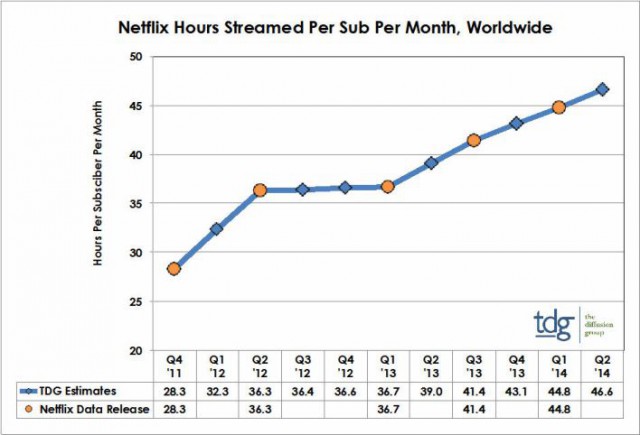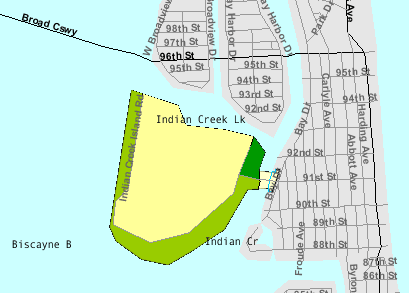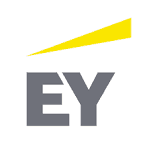 New Zealanders want faster broadband and they want it without a usage cap, and Snap is ready to offer both.
New Zealanders want faster broadband and they want it without a usage cap, and Snap is ready to offer both.
Snap’s nationwide 200/200Mbps Ultra-Fast Broadband commenced this week providing the fastest broadband on offer throughout New Zealand, priced at $111.50 a month with an unlimited use add-on available for an extra $8 a month. To date, the service had only been available in Auckland.
Kiwis can sign up for Snap on the Chorus network for the fastest 200/200Mbps speeds. Those served by Enable or UltraFast Fibre will see upload speeds reduced to 20Mbps for now, but will also be compensated with a lower monthly price: $87.71.
A wireless gateway to support the faster speeds will be provided at no extra cost to customers signing up for 200Mbps service.
 Snap’s new service comes as a result of New Zealand’s deployment of fiber networks and an end to usage caps, consumption billing, and/or bandwidth throttling. Snap has been well received in New Zealand because it guarantees no traffic shaping, traffic management schemes, or mandatory usage caps. This comes at a time when North American providers are trying to force customers into usage-capped broadband plans and wireless carriers insist on using traffic shaping and caps.
Snap’s new service comes as a result of New Zealand’s deployment of fiber networks and an end to usage caps, consumption billing, and/or bandwidth throttling. Snap has been well received in New Zealand because it guarantees no traffic shaping, traffic management schemes, or mandatory usage caps. This comes at a time when North American providers are trying to force customers into usage-capped broadband plans and wireless carriers insist on using traffic shaping and caps.
“There is no faster commercially available service across the whole country today,” said James Koers, general manager, Snap Retail. “We’ve built our own network to ensure customers receive the fastest, most reliable service possible. We don’t cache or proxy or shape traffic in any way, giving customers peace of mind that they’re getting the service they expected and paid for.”
Koers adds there is a clear demand for fiber optic broadband across the country.
“Today, two out of every three of our sign-ups are for a fibre service which shows New Zealanders’ appetite is increasing for UltraFast Broadband as it becomes available,” said Koers. “200Mbps is just the beginning though as we’re now trialling Chorus’ new 1Gbps residential service.”
PC Magazine has rated Snap the fastest broadband provider in the country.


 Subscribe
Subscribe
 More people will read this story than Atlantic Broadband has current customers for its 1Gbps broadband project in Miami.
More people will read this story than Atlantic Broadband has current customers for its 1Gbps broadband project in Miami.
 Cable operators leveraged their near-monopoly on high-speed broadband and commercial business services to lead the entertainment and publishing industry in profitability, according to a report from consultant EY (formerly Ernst & Young.)
Cable operators leveraged their near-monopoly on high-speed broadband and commercial business services to lead the entertainment and publishing industry in profitability, according to a report from consultant EY (formerly Ernst & Young.) There is a way out for AT&T U-verse customers stuck dealing with the company’s arbitrary 250GB monthly usage cap — sign up with U-verse reseller DSL Extreme for the same Internet access with no usage caps whatsoever.
There is a way out for AT&T U-verse customers stuck dealing with the company’s arbitrary 250GB monthly usage cap — sign up with U-verse reseller DSL Extreme for the same Internet access with no usage caps whatsoever. Value ($17.95/mo) 768/384kbps
Value ($17.95/mo) 768/384kbps